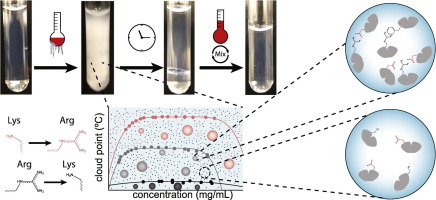
Thursday, December 6, 2018
The Martin lab and collaborators have characterized the cold-resistant eye lens proteins that enable the Antarctic toothfish to live at -2 C without experiencing cold cataract. Furthermore, sequence determinants have been identified that can be used to control the phase transition temperature of these proteins: the least-tolerant toothfish lens protein was turned into one that works better than the naturally-occuring proteins using only three mutations. These results not only give insight into the evolution of eye lenses in cold-tolerant organisms, but also hint at general principles for controlling liquid-liquid phase separation, even in compactly folded proteins. Read the published article here.
